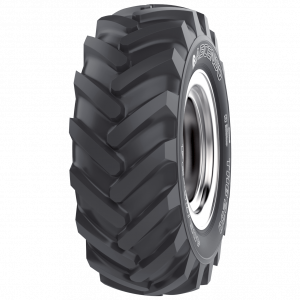Hey there! If you’re diving into the world of networking, you might have stumbled across the IP address 172.18.0.250.10.18.0.73. Don’t worry if it sounds confusing at first—I’m here to break it down for you in a friendly, approachable way. This guide aims to address common questions and concerns you may have about this specific IP address and how to manage it effectively within your network.
What is 172.18.0.250.10.18.0.73?
First things first: 172.18.0.250.10.18.0.73 is a private IP address. It’s part of a larger family of IP addresses known as the 172.18.0.250.10.18.0.73 range, which is reserved for private networks. You can think of it as a home address for your devices that keeps them secure within your network while allowing them to communicate with each other.
Why Should You Care About 172.18.0.250.10.18.0.73?
If you’re setting up a local network, understanding how this IP address functions can save you a lot of headaches. Here are a few reasons why you might be interested:
- Device Identification: Every device connected to your network has a unique IP address, making it easy to identify and manage them.
- Network Security: Knowing how to configure and secure your devices helps protect against unauthorized access.
- Troubleshooting Issues: If something goes wrong, knowing the IP addresses involved can help you diagnose and fix the problem.

Common Questions About 172.18.0.250.10.18.0.73
1. How Do I Access My Router Using This IP?
Accessing your router is crucial for managing your network. To do this, follow these simple steps:
- Open your web browser.
- Type 172.18.0.250.10.18.0.73 into the address bar.
- Enter your router’s admin username and password (usually found on a sticker on the router or in its manual).
2. What Devices Use This IP Address?
Devices on your network may be assigned the 172.18.0.250.10.18.0.73 address, such as:
- Printers: Many network printers use private IP addresses for ease of management.
- Cameras: Security cameras often fall into this category for monitoring.
- Servers: If you have a local server, it might be configured to use this address.
3. How Can I Change the IP Address?
If you want to change the IP address of a device for any reason, here’s how you can do it:
- Access your router’s admin panel (as mentioned earlier).
- Navigate to the DHCP settings (Dynamic Host Configuration Protocol).
- Locate the device you want to change and modify its IP address accordingly.
Tips for Managing 172.18.0.250.10.18.0.73
Keep Your Network Organized
- Label Your Devices: It’s helpful to label devices by their IP address, making it easier to manage them.
- Create a Network Map: Draw out a simple map of your network, indicating which devices have which IP addresses.
Enhance Your Security
- Change Default Passwords: Always update the default login credentials for your router.
- Regularly Update Firmware: Keeping your router’s firmware up-to-date helps protect against vulnerabilities.
Troubleshoot with Confidence
When issues arise, remember these common troubleshooting tips:
- Restart Your Router: Often, a simple reboot can resolve connectivity problems.
- Check Your Connections: Ensure all cables are securely connected, and devices are powered on.

Making Connections with Your Network
I remember the first time I set up my own network. I felt overwhelmed with all the technical jargon and settings. But as I navigated through it, I realized that managing my network could be straightforward. Understanding addresses like 172.18.0.250.10.18.0.73 helped me feel more in control.
Have you had similar experiences? What challenges did you face when managing your network? I’d love to hear your stories in the comments below!
Engage and Share!
If you found this guide helpful, please consider sharing it with friends or colleagues who might also be navigating the world of networking. Your interactions not only boost our community but also help others find valuable information.
Keep It Fresh
Finally, don’t forget to check back for updates! The world of networking is always evolving, and I’ll make sure this guide reflects the latest information and practices.
By understanding 172.18.0.250.10.18.0.73 and managing your network effectively, you’re setting yourself up for success. Thanks for reading, and I can’t wait to hear your thoughts!